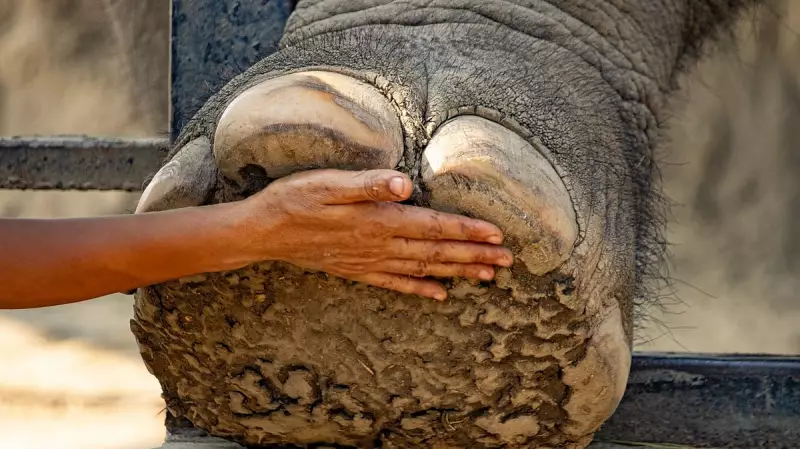
For more than a decade, Karnataka's precious wildlife has been navigating a silent health emergency. The state's forest department continues to operate without dedicated wildlife veterinarians, leaving thousands of protected animals without specialized medical care across its renowned national parks and wildlife sanctuaries.
The Vacancy Crisis Deepens
Despite numerous protected areas and a rich biodiversity that includes tigers, elephants, and leopards, Karnataka's forest department has failed to fill critical veterinary positions for over ten years. This alarming gap in wildlife healthcare infrastructure puts both animals and nearby human populations at significant risk.
Impact on Wildlife Conservation
The absence of specialized veterinarians has created multiple challenges for wildlife management:
- Emergency Care Deficiencies: Injured or sick animals often don't receive timely medical intervention
- Disease Management Gaps: Limited capacity to monitor and control disease outbreaks among wildlife populations
- Human-Animal Conflict: Reduced ability to manage animals that venture into human settlements
- Rescue Operations: Compromised effectiveness in wildlife rescue and rehabilitation efforts
Systemic Failures and Bureaucratic Hurdles
The veterinary vacancy crisis stems from prolonged administrative delays and bureaucratic obstacles. Despite the clear need for wildlife healthcare professionals, the recruitment process has remained stalled year after year, even as human-wildlife conflicts increase and conservation challenges multiply.
Conservation Consequences
Karnataka boasts some of India's most important protected areas, including Bandipur, Nagarhole, and BRT Tiger Reserve. The lack of veterinary support undermines conservation efforts and threatens the health of endangered species that are already vulnerable to various environmental pressures.
Wildlife experts emphasize that specialized veterinarians are not just medical professionals but crucial conservation partners. Their absence creates a significant void in the state's wildlife protection framework, potentially leading to preventable animal deaths and unchecked disease transmission between wildlife and domestic animals.
As Karnataka continues to champion its conservation achievements, this fundamental gap in wildlife healthcare infrastructure raises serious questions about the state's commitment to protecting its natural heritage for future generations.





